Интегратор ресурсов глобальной логистической цепочки поставок
Интегратор ресурсов глобальной логистической цепочки поставок
Attention Dalian Maritime Bureau and Dalian Customs in June 2018 seized a total of 35 containers more than 130 tons of excess weight of the container serious overweight incident. This is the largest number of cases seized in the country, the largest weight of a container overweight cases.

The declared weights of the 35 containers, measured by Weighbridge, were seriously inconsistent with the actual weight, with a total excess of 133 tons, of which 18 exceeded the maximum safe load of the containers, creating unpredictable risks for terminal operations and ship navigation. The Dalian Maritime Safety Bureau ordered the cargo owner to unload part of the cargo immediately and declare it truthfully to the customs and the ship to ensure compliance with the requirements of international conventions. According to reports, the overloading of containers not only brings challenges to the supervision order of maritime affairs and customs, but also creates serious potential safety hazards in the links of transportation, loading and unloading, stockpiling, ship stowage and navigation, in the history of maritime transportation, there have been many cases of ship capsizes and casualties caused by overweight containers. How to deal with the overweight of container?
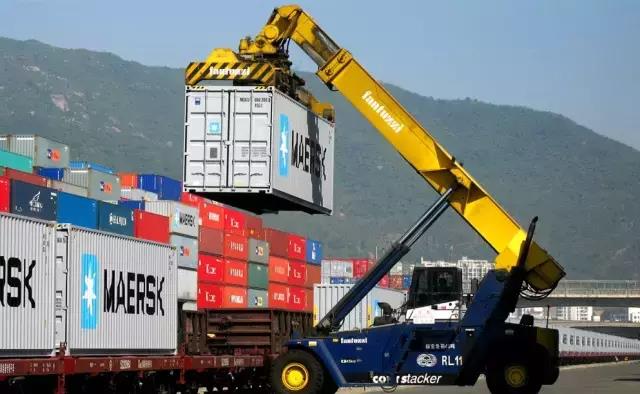
The container itself is Weight Limited, and each container has a maximum weight information on its open door, such as Max Gross: 30480KGS. It means that your case should not exceed this weight with the goods packed in it. Skin weight -- 20GP: 2200KGS, 40:3.720-4200KGS, some HQ will have Max Gross: 32000KGS. This is the maximum strength that the container can bear. If the load exceeds this limit, the container may be deformed, the bottom plate may fall off, the top beam may bend and so on. At present, most professional container terminals in China are installed with automatic weighbridge, so as long as the container loading exceeds the weight limit, the terminal is refused to receive the container. Therefore, it is recommended that you see clearly the weight limit on the container before loading to avoid unnecessary reloading operations. If the cargo is really overweight and can not be divided, then you can choose the overweight box. Here will increase is the selection of weight charges, general terminal/yard will ship the company's common dry box stacked together, if you want to select one of the special weight cabinet (such as the 20 weight cabinet mentioned above) , the terminal, yard must be searched one by one, the selected counter charges thus incurred are generally the same as the designated counter charges. Container Transport is a collaborative process involving many sectors, so there are other factors to consider besides the weight limit of the container itself.
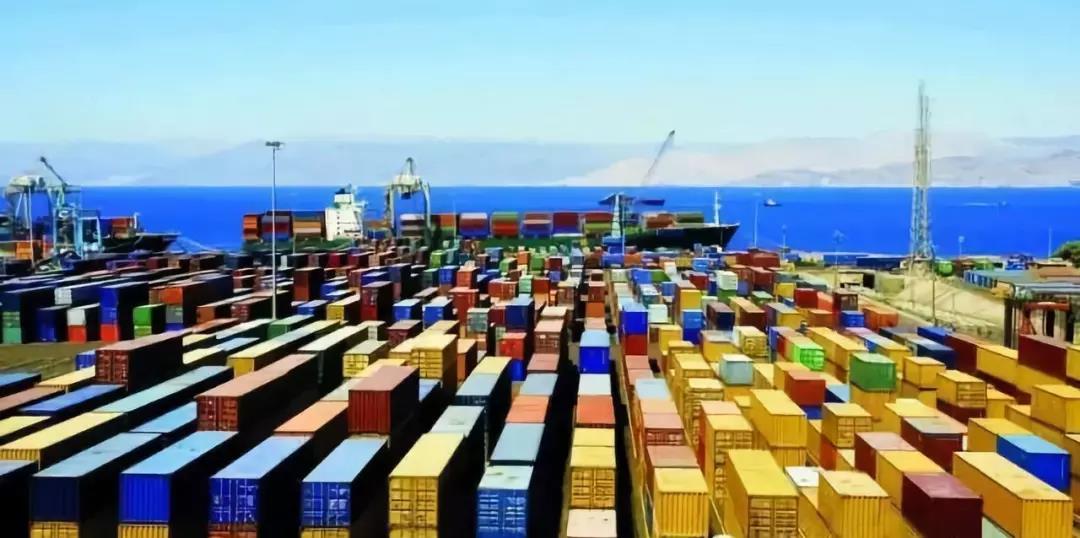
Shipping Company Weight Limit, in general, each shipping company weight policy is different, about the standard is not to damage the container as the standard. On the balance of space and weight. Each Knock Nevis has its own space and weight limit, but on a particular route, space and weight are not always exactly balanced out. The contradiction often occurs in north China, where heavy cargo is relatively concentrated. The ship's weight has already arrived, and the space is still much less. In order to make up for the loss of such space, shipping companies often adopt the strategy of increasing the price, that is, additional freight charges will be levied on the weight of the goods in excess of how many tons. Some shipping companies do not use their own ships, but buy the space of other shipping companies to transport, the weight restrictions will be more strict, because the shipping space between the shipping companies are calculated in accordance with the standard 1TEU = 14 tons or 16 tons, anything over weight is not allowed on board. During the explosion period, the weight limit of each box will be lowered according to the heat of the route. Booking, the latest shipment to the forwarder to ask about the shipping company's weight limit. If there is no confirmation and the cargo is heavy cargo then there is a risk, some shipping companies overweight, there will be no room for communication, directly to the shipper to tow, port, pick up, and then weigh again. These costs are hard to control.

The weight limitation of port area mainly depends on the loading of machinery and equipment of wharf and storage yard. When the Knock Nevis is docked, it is usually loaded and unloaded by the terminal's Crane, which is then towed by a truck to a container yard and lowered by a forklift. If the weight of the container exceeds the mechanical load, it will cause difficulties to the operation of the wharf and the yard. Therefore, for some small ports with relatively backward equipment, the shipping company will generally inform the port in advance of the weight limit beyond this limit. Those who have been to the inland areas of the United States have a deep understanding of the weight limit for supporting feeder ships or highways. The weight limit for road transportation in the United States is very strict, because many containers have to be hauled inland by road with a container truck after they are unloaded at the dock, therefore, the highway weight limit has also become the reason for shipping companies to limit the weight of containers, of course, only to the port is not limited. To the United States Line of goods on the weight requirements are very strict, weight limit is mainly affected by the United States Road Limit Weight, general cabinet 17.3 tons, high cabinet 19.5 tons. But according to different port also has the different limited important request. Route weight limitation, different routes, and division capacity are arranged according to the loading sequence at the port of loading and unloading and the different types and heat of export of the goods, in addition to the load problem of equipment operation at the port of destination, of course, the weight limit of the cabinet of different routes is also different.
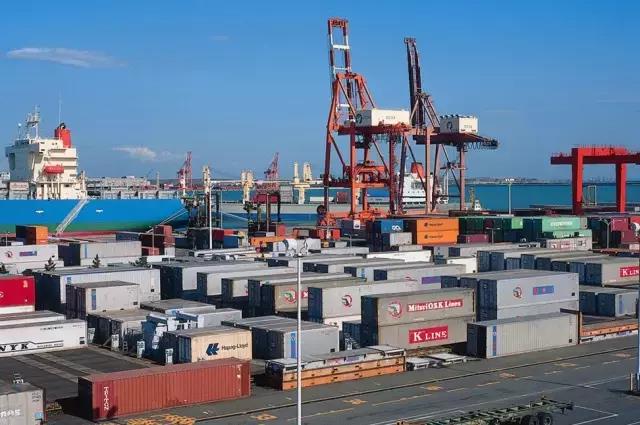
What if you're overweight? This is mainly divided into port areas which are overweight, ship companies which are overweight, port of destination which are overweight 1. Ship companies which are overweight should discuss with ship owners to pay the excess weight fee, and the others should go according to normal; 2. Port areas have their own regulations on overweight if they are found to be overweight when entering port, need to negotiate with the port area, pay the excess weight fee plus the manual handling fee or take out the box for reloading; 3, the Port of destination is overweight the general port of destination is overweight, within a certain range, pay a fine can be solved; if the excess is serious, crane along the way can not load can only be transferred in the nearby port or return the same way.
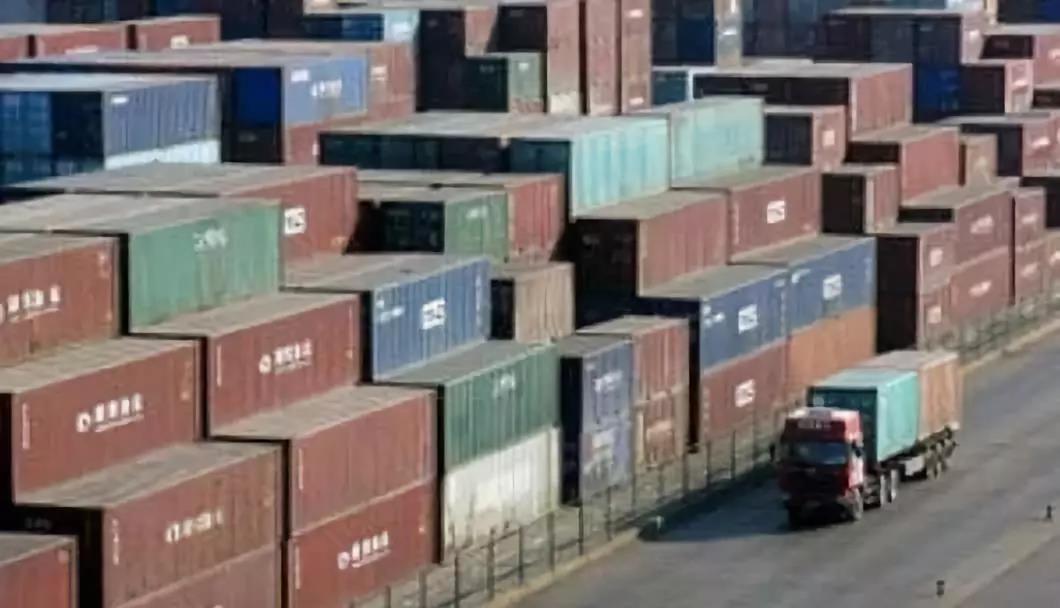 The new policy and implications from July 1,2016, the International Maritime Organization will implement the requirements of Solas on the verification of the weight of containers exported. The requirements are specified as from that date, the shipper (shipper) will declare and verify the total weight (VGM) of all export containers. Containers without verified total weight (VGM) will not be loaded on board. New rules will improve shipping safety new rules will improve shipping safety. Misreported container weight has a serious impact on the stability of ships, trucks and terminal equipment, and can pose a threat to the safety of workers in the industry, even endanger their lives. False weight appears to be common, and when containers are weighed after an accident, the aggregate results obtained often differ from their cargo manifest data. A long-running dispute over the issue has led to amendments to the SOLAS convention to ensure that all containers are accurately declared for weight. 2. The principle laid down in the SOLAS convention that all containers should be weighed is simple. From 1 July 2016, all containers will be weighed before they are loaded. The weight of a container can be determined in one of two ways. The container may be weighed after it has been loaded, or may be substituted by weighing all contents and articles of the container, and the weight may be combined with the container case. In any case, there is no subjective calculation of its weight. 3. The entire supply chain will be affected. Active participation in all aspects of the container supply chain will be affected to some extent by this new regulation. Ship and terminal operators are required to apply the verified container weight to the stowage plan. In order for them to receive information in a timely manner, the shipper will have to share the certified weight with the booking agent or freight forwarder. This clearly requires new agreements on procedures and modifications to existing information technology (IT) systems.
The new policy and implications from July 1,2016, the International Maritime Organization will implement the requirements of Solas on the verification of the weight of containers exported. The requirements are specified as from that date, the shipper (shipper) will declare and verify the total weight (VGM) of all export containers. Containers without verified total weight (VGM) will not be loaded on board. New rules will improve shipping safety new rules will improve shipping safety. Misreported container weight has a serious impact on the stability of ships, trucks and terminal equipment, and can pose a threat to the safety of workers in the industry, even endanger their lives. False weight appears to be common, and when containers are weighed after an accident, the aggregate results obtained often differ from their cargo manifest data. A long-running dispute over the issue has led to amendments to the SOLAS convention to ensure that all containers are accurately declared for weight. 2. The principle laid down in the SOLAS convention that all containers should be weighed is simple. From 1 July 2016, all containers will be weighed before they are loaded. The weight of a container can be determined in one of two ways. The container may be weighed after it has been loaded, or may be substituted by weighing all contents and articles of the container, and the weight may be combined with the container case. In any case, there is no subjective calculation of its weight. 3. The entire supply chain will be affected. Active participation in all aspects of the container supply chain will be affected to some extent by this new regulation. Ship and terminal operators are required to apply the verified container weight to the stowage plan. In order for them to receive information in a timely manner, the shipper will have to share the certified weight with the booking agent or freight forwarder. This clearly requires new agreements on procedures and modifications to existing information technology (IT) systems.
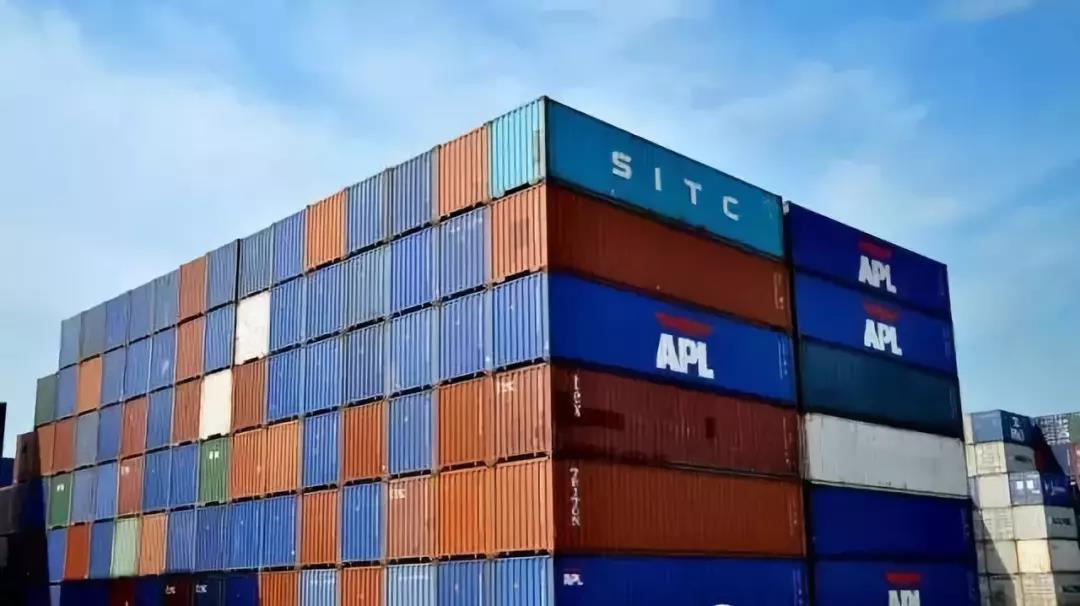
4. Provide accurate weight for shipper's responsibility the shipper (or a third party under the shipper's responsibility) is required to weigh the loaded container or its entire contents, depending on the method chosen. The weighing equipment used must meet the certification and calibration requirements of the state. The amendment to the Solas Convention requires that the Weight Verification Procedure be signed and that a specific person be named and determined by a procedure that verifies the accuracy of the weight calculation on behalf of the shipper. The carrier may rely on this signature to verify the weight as the exact weight. 5. The details of the declaration procedure may vary from case to case and the total weight of the container must be declared in a signed shipping document. This document may be part of the shipping order to the shipping company or may be a separate document, such as a declaration containing a weight certificate. In any event, the document should clearly state that the total weight provided is the verified total weight. The carrier will provide information about the shipper by the deadline within which the carrier must receive from the shipper the required container verified weight for use in the ship's stowage plan. These deadlines may vary from carrier to carrier, from operational procedures or the requirements of different terminal operators, and from Port to port. Containers without verified gross weight shall not be loaded on board. Oh, Shit









Услуги китайско-русской компании Sasha Logistics Group по международным грузоперевозкам и таможенному оформлению импорта предоставляют вам обновленную информацию о перспективах международной логистики, чтобы вы знали о новостях международной торговли и экспедирования грузов.

2024-01-17

2024-12-26